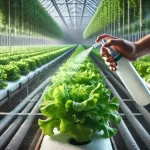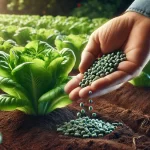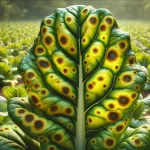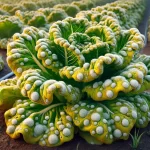Determining the ideal time to harvest lettuce is essential to ensure fresh, flavorful, and nutritious products. Timely harvesting not only maximizes yield and crop quality but also ensures that the lettuce retains its nutritional and organoleptic properties. In this article, we will guide you through technical indicators and practical tips to identify the best harvesting time, optimize your agricultural practices, and obtain lettuce of the highest quality.
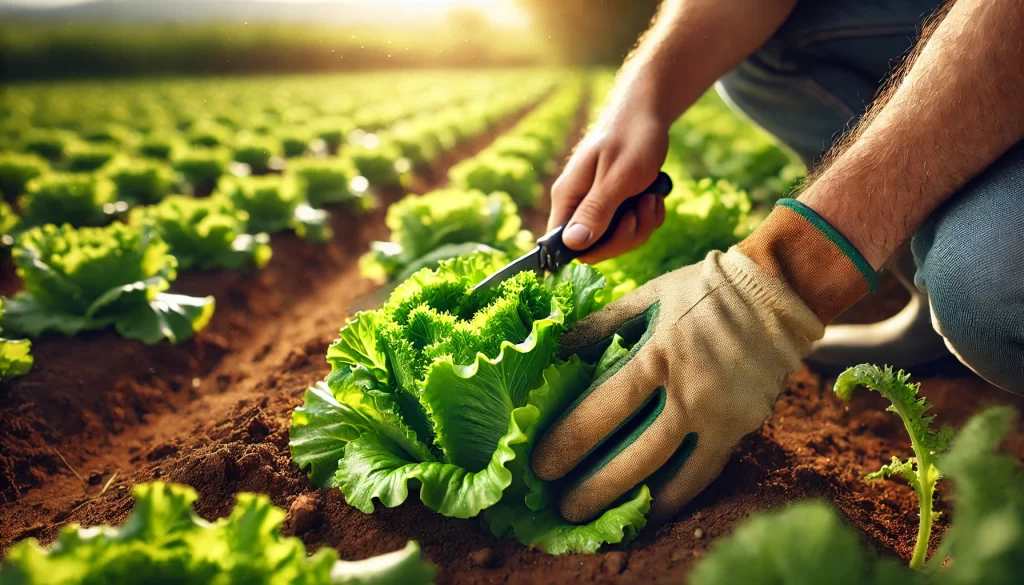
Indicators for Optimal Harvesting Time
Plant Development
Size and maturity of the lettuce are key indicators:
- Size and firmness: The lettuce should reach a mature size characteristic of the variety. Its leaves should be firm yet tender, without signs of wilting.
- Color and texture: The leaves should exhibit a vibrant and uniform color without yellowing or browning, signaling the plant is at its peak.
Environmental Conditions
Climatic conditions influence postharvest quality:
- Temperature: Harvest in the early hours of the day when temperatures are lower to avoid loss of firmness and dehydration.
- Relative humidity: Moderate humidity levels prevent water stress and promote a harvest with intact, crisp leaves.
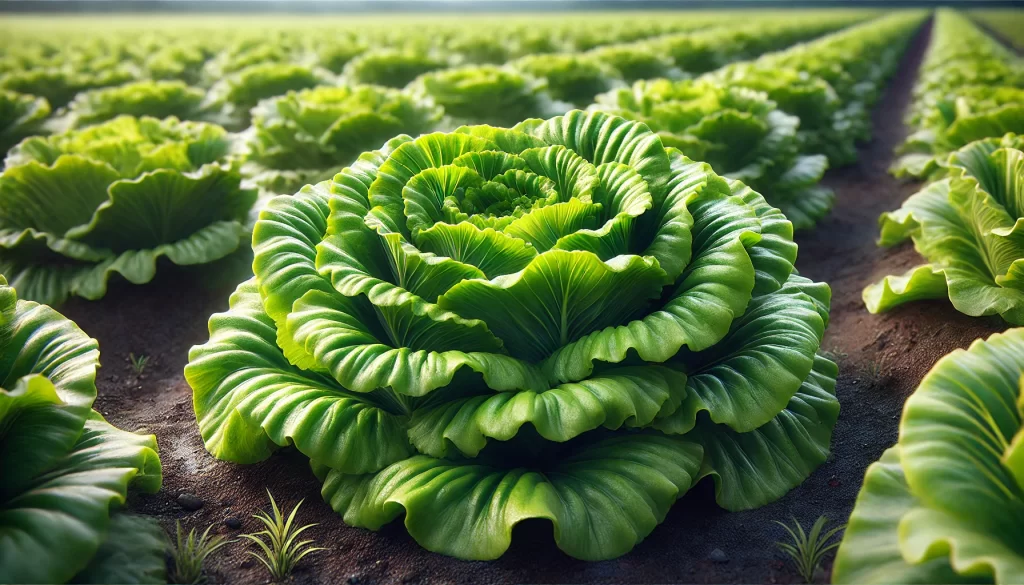
Harvesting Techniques
Tools and Methods
- Careful cutting: Use sharp knives or scissors to cut the lettuce near the base without damaging the roots or surrounding leaves.
- Selection of specimens: Harvest lettuce that shows signs of full maturity and lacks visible damage.
Postharvest Handling
- Cleaning: After harvesting, gently clean the leaves to remove dirt and possible residues, avoiding excessive moisture to prevent diseases.
- Quick cooling: Place the lettuce in a cool environment or refrigeration immediately to maintain its freshness, texture, and nutritional value.
Factors Influencing Lettuce Quality
Soil Nutrition and Irrigation
Proper soil management and optimal irrigation during growth ensure that lettuce reaches its peak quality:
- Balanced nutrition: A well-executed fertilization plan ensures the plants develop well-formed, flavorful leaves.
- Consistent irrigation: Provide sufficient water to avoid water stress without waterlogging the soil, which prevents diseases and promotes a crisp texture.
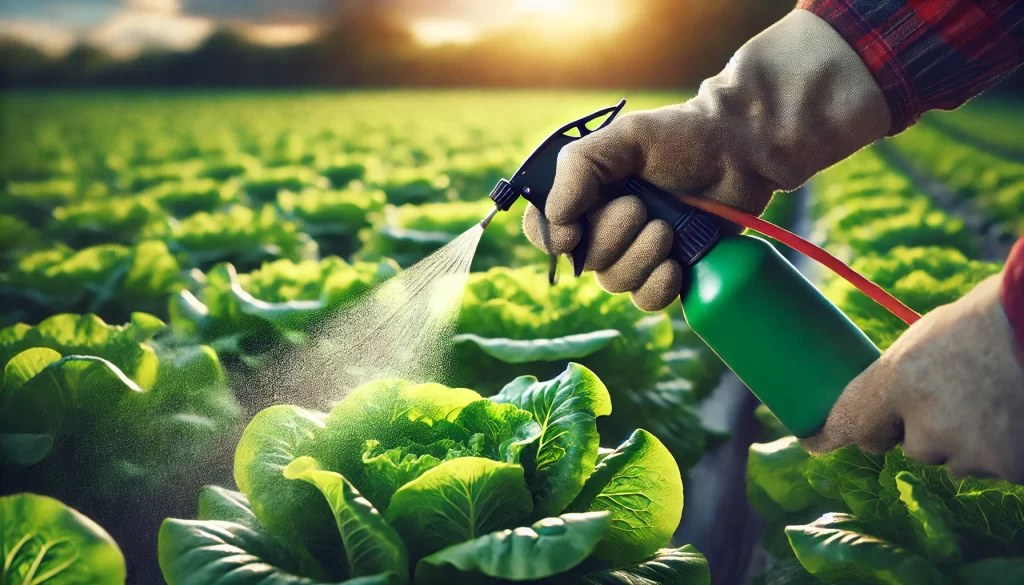
Optimal Growing Conditions
- Pest and disease control: Healthy crops are more likely to reach their best quality. Implement integrated pest and disease management to protect the lettuce.
- Growing environment: Factors such as ventilation and planting density influence plant health. Adequate spacing between plants improves air circulation and reduces disease risk.
Conclusion
Harvesting lettuce at the right time is an art that combines observation, technical knowledge, and good agricultural practices. By correctly identifying the maturity point, employing careful harvesting techniques, and properly managing postharvest, high-quality lettuce can be obtained, maintaining its freshness and nutritional value. Comprehensive management from cultivation to harvest ensures a final product that meets high standards, benefiting both producers and consumers.
References
- Bliss, F.A. (2000). Vegetable Crop Production. CABI Publishing.
- Kader, A.A. (2005). Postharvest Technology of Horticultural Crops. University of California Agriculture and Natural Resources.
- Havlin, J.L., Tisdale, S.L., Nelson, W.L., & Beaton, J.D. (2013). Soil Fertility and Fertilizers. Pearson.
Grow Lush Greens with Sereniseed!
Discover the Certified Organic Green Leaf Lettuce Seed Collection by Sereniseed. This 10-variety pack features Green Towers Romaine, Winter Density, Dark Lolla Rossa, Black Seeded Simpson, and more, perfect for fresh salads and healthy meals. 100% organic, non-GMO, and includes a handy growing guide.
Buy Now and Start Growing! AgronoBlog – Agriculture Blog
AgronoBlog – Agriculture Blog 